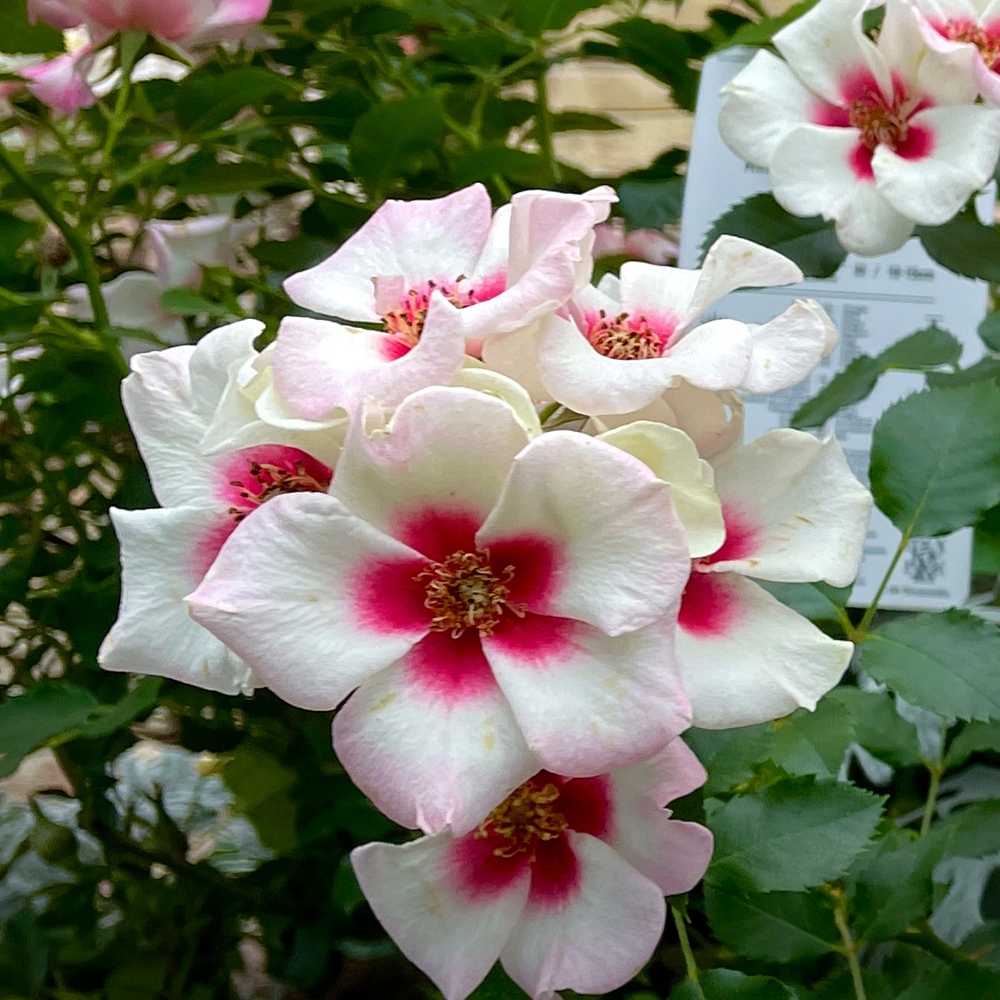
Tulipa, a genus of perennial bulb-forming plants in the Liliaceae family, comprises around 70-100 species that are native to Europe, the Middle East, and Asia with the greatest diversity of tulips occuring in Central Asia. Their typical floral form is a cup with a teardrop shape, though bowl, goblet, and star shapes exist too. The flowers also open and close each day, assuming a range of forms from closed point to cup, bowl, and eventually fully flared like a plate, near the end of their blooming period. Each of the flowers consists of three petals and three tepals that are indistinguishable from each other and are called tepals. In the horticulture trade, tulips are typically divided into 15 categories based on their flower shape, origin and bloom time.
The term "tulip" originates from the Turkish word "tulbend," which translates to turban. This may be due to the shape of the flower which resembles the turbans worn by men during the Ottoman Empire in the 16th century.
Horned tulip (Tulipa acuminata), also known as the ‘Istanbul Tulip’, is an unusual tulip with long, slender, tapering petals. Growing up to 45 cm tall with its six dagger-like tepals in bright scarlet and yellow, this tulip originated from Türkiye and it has been cultivated for centuries since the Ottoman Empire (1299-1922). This hardy tulip can be easily grown in well-drained soil. Like other bulbs, it can be propagated by both seed and offset bulbs and blooms in the early to mid spring.
 Horned tulips (left and centre), in comparison to the tulip cultivars (mostly Tulipa x gesneriana) at Flower Field (right).
Horned tulips (left and centre), in comparison to the tulip cultivars (mostly Tulipa x gesneriana) at Flower Field (right).
The origin of the horned tulip and its designation as a species as opposed to a cultivar is debatable. During the Ottoman Empire, ‘needle tulips’ with thin pointed tepals were preferred over those with round tepals that would become popular in Europe, hence the proliferation of Turkish artwork including ceramic tiles, marbled paper (ebru), and textiles bearing tulips with long, pointed blooms. There are no tulip species that exist in the wild with similar tepals that are slender and taper to a sharp point (acuminate).
Botanists have suggested that the preferred Turkish ‘needle tulips’ probably arose from the hybrid of another two species; Tulipa x gesneriana and Tulipa suaveolens through hybridization, even though the former is a garden hybrid that may have been originated from the latter. Tulips with thin, pointed tepals sold as Tulipa acuminata do not match the type specimen of T. acuminata and are of cultivated origin and better referred to as the cultivar T. ‘Cornuta’.
Tulips with pointed tepals were likely created through a complex process of hybridization and selection from the various cultivars grown in Istanbul, as well as from other bulbs imported from both the east and west. reeding tulips gained popularity in both the East and West, but tulips hold vastly different meanings in different cultures. In Turkish culture, the tulip is seen as a symbol of paradise on earth and held almost divine significance, whereas in the Netherlands, it symbolizes the fleeting nature of life.
Come marvel at this captivating tulip and other plants with Turkish significance while learning about Turkish culture in Flower Dome’s Tulipmania floral display, currently running through 21 May, 2023.
Written by: Arthur Voo, Senior Research Executive (Research and Horticulture)
Arthur has been working closely with plants for more than 10 years, whether in a park, nature reserve or glasshouse. These days, if he isn’t taking care of plants in the glasshouses, he likes to spend his time hiking and looking for interesting plants in the wild.



